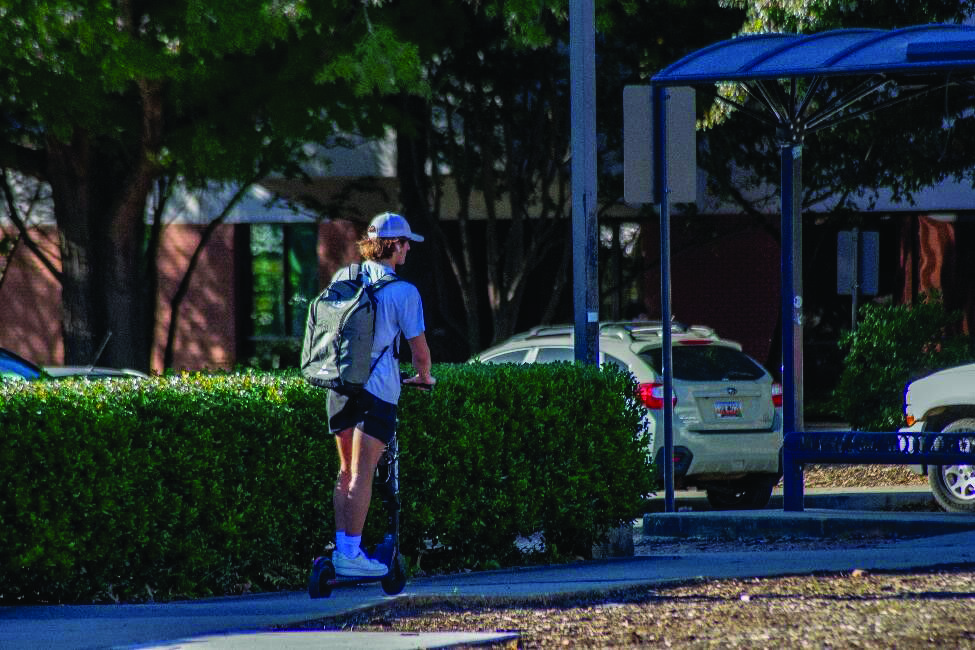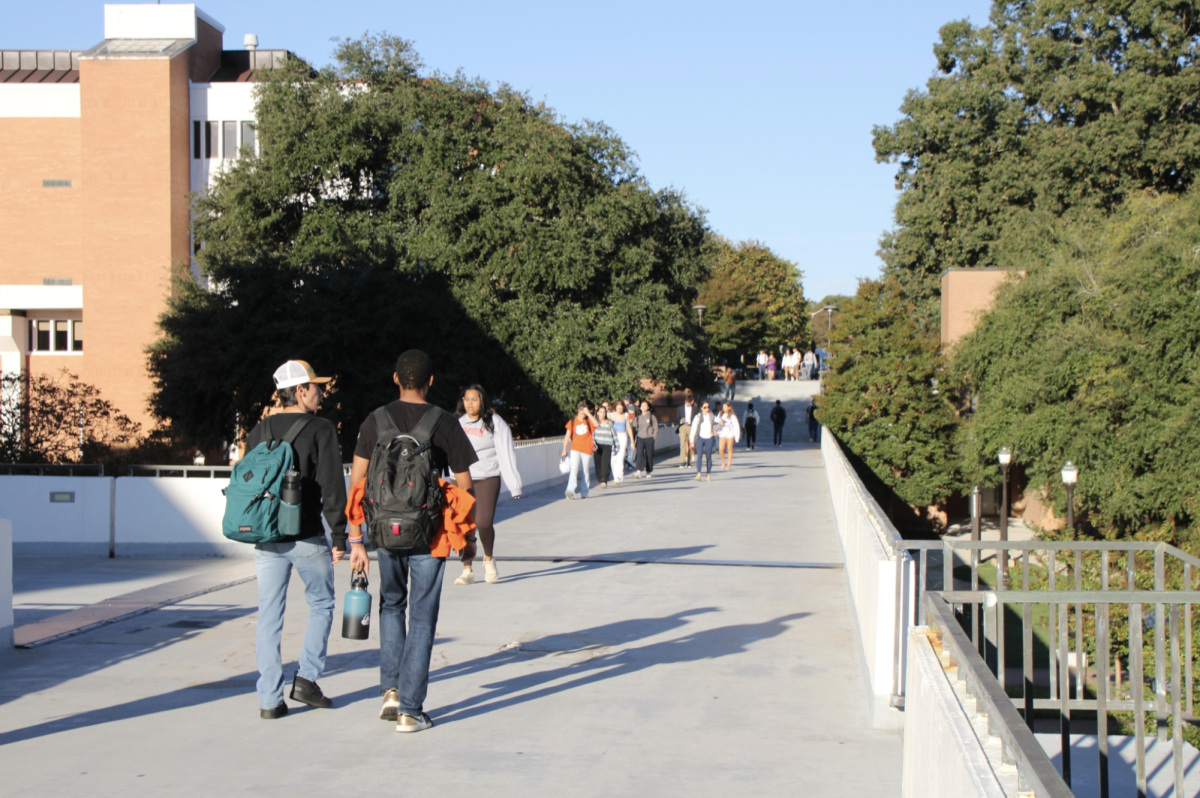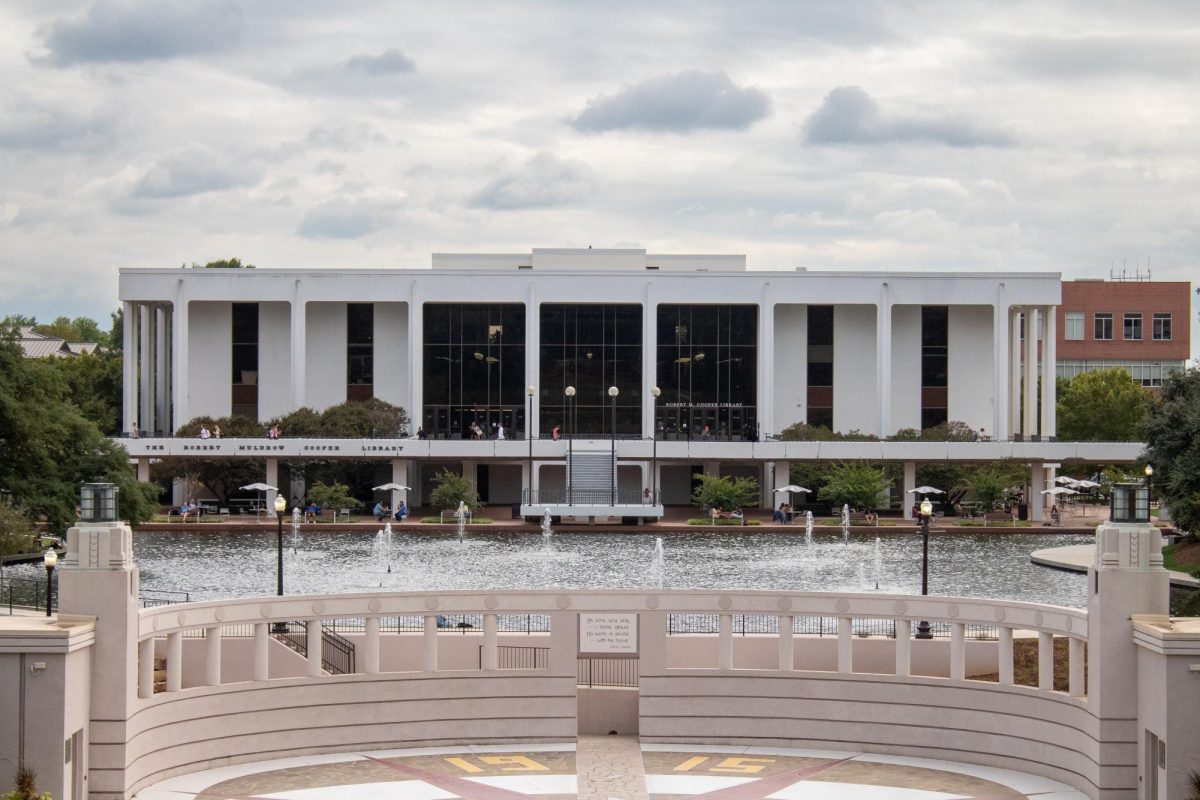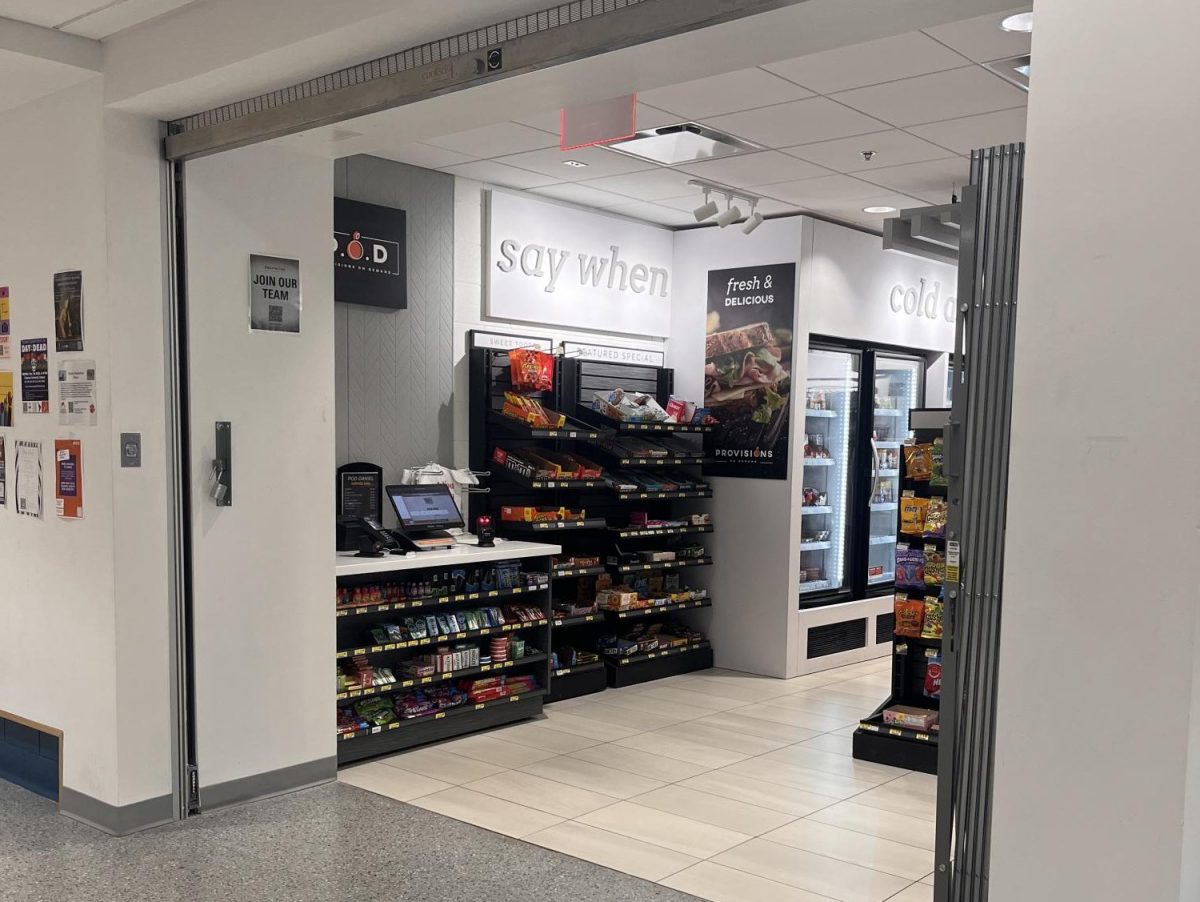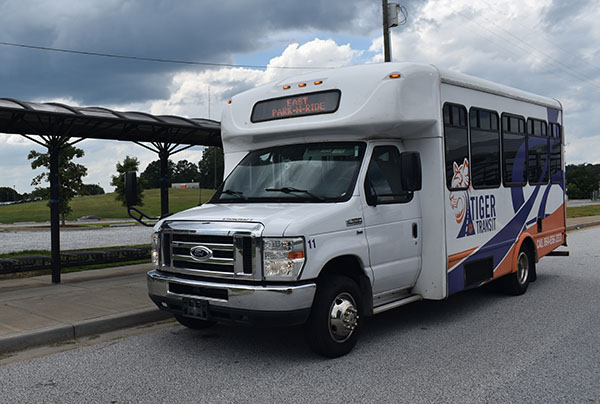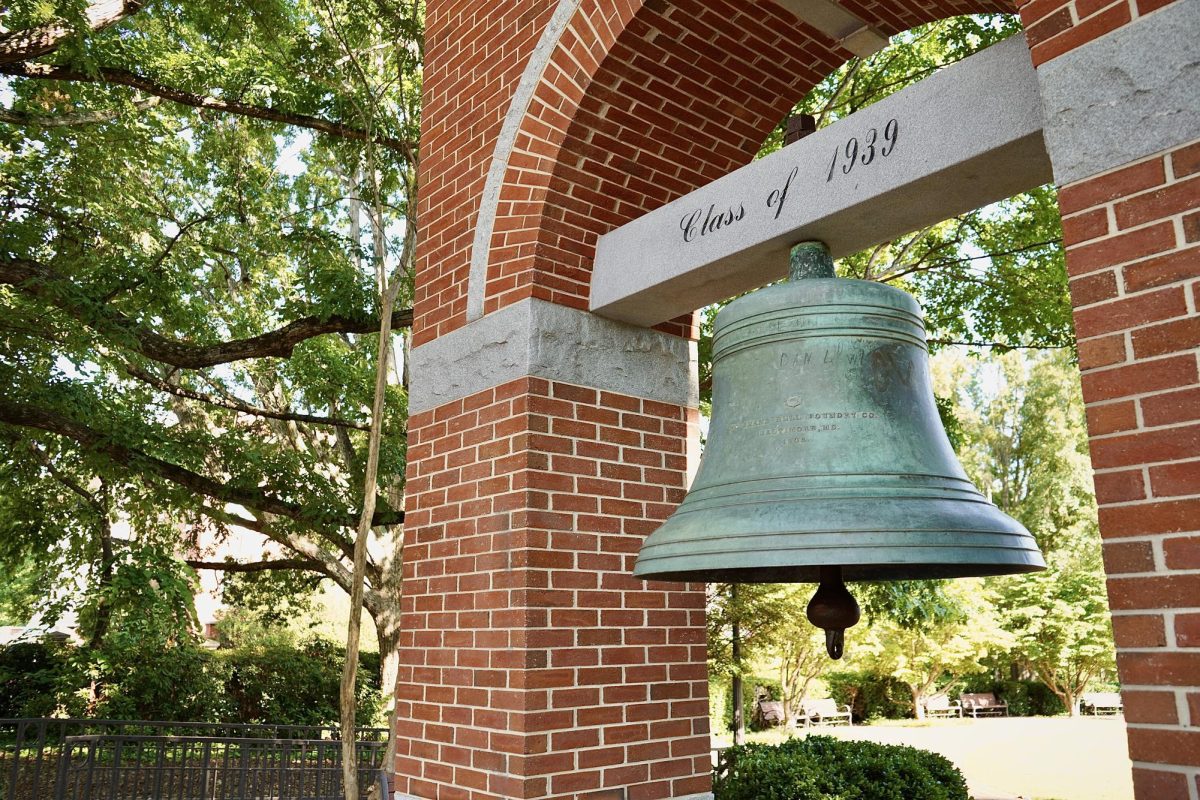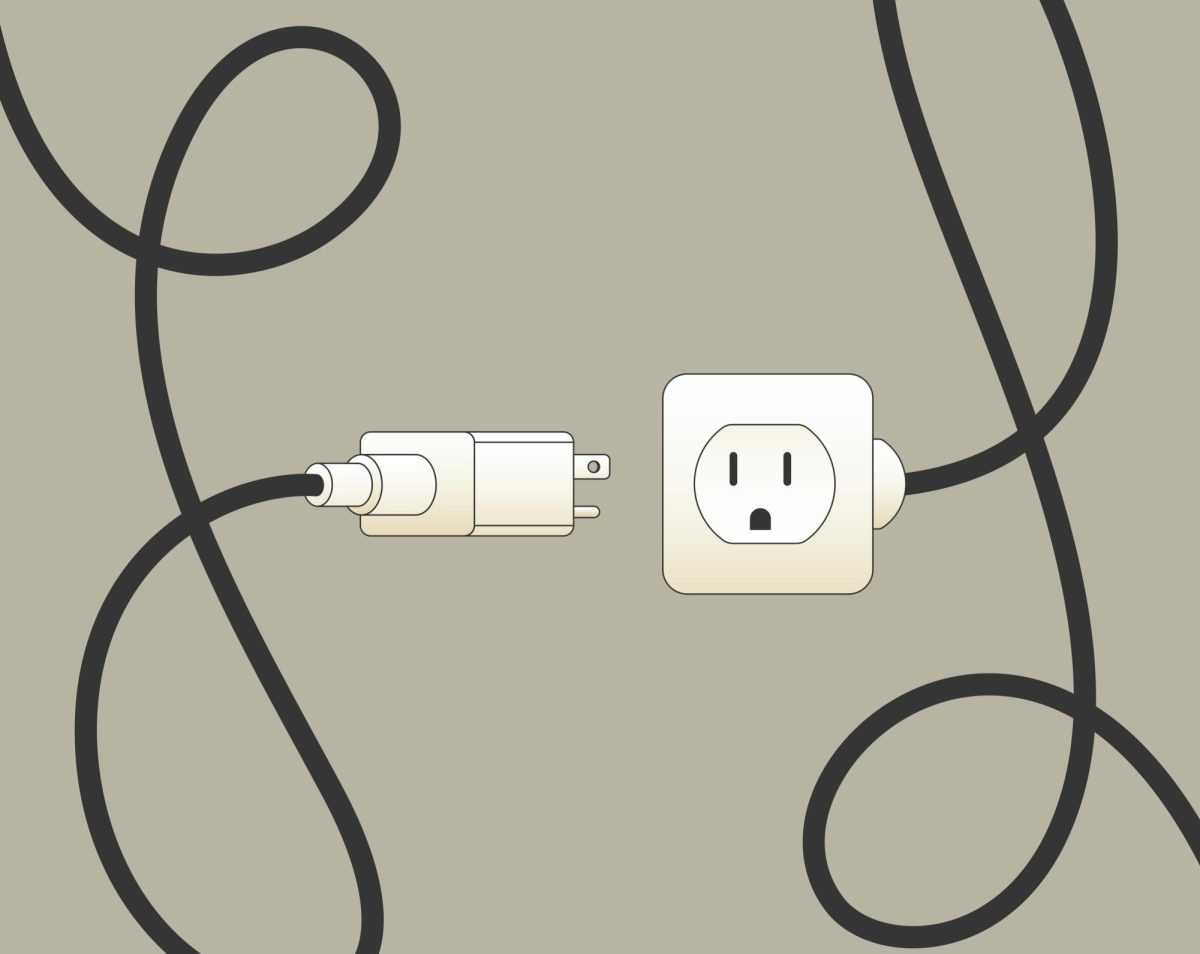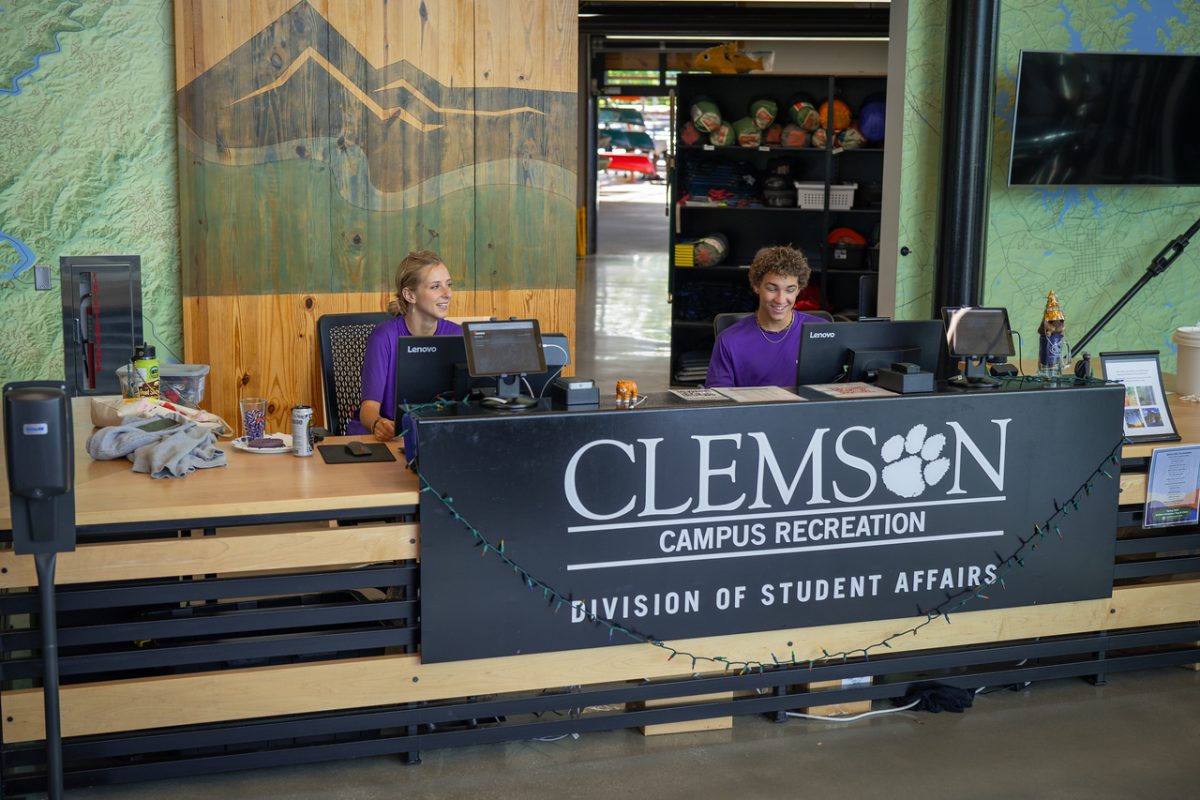In February of 2023, it was announced on Clemson News that no e-scooters (those being electric, self-propelled scooters) would be permitted within any University facilities. It was also stated that e-scooters must be kept bound outside at bike racks when not in use and that they — and other “micro-mobility devices” — are not allowed on any Parking and Transportation Service vehicles.
Five months later, it was further announced that e-scooters may not be charged on campus or in campus buildings and that no charging facilities are available on campus. As of now, in addition to increased restrictions on e-scooters and similar devices on adjacent public roads, violation of any of the above regulations may result in impoundment. This is, on some level, not surprising.
As a senior undergraduate student, I remember how much of an inconvenience e-scooters were before they were essentially banned. Through 2021 and 2022, students were whizzing about across campus, and I was nearly run into on more than one occasion. I had several friends — and observed many others — who simply stored their scooters indoors, in hallways and in workrooms. The tires would track in mud and dirt and drip water onto the carpet after being driven in the rain. They were a total nuisance — however, they also desperately needed to be allowed on campus.
The restrictions placed on e-scooters — as well as other small vehicular devices — are in the name of safety, but safety is a relative concept, dependent on existing factors that may pose some risk. At present, the two main risks that the University seems to have regarding this matter are the risks posed to e-scooter riders by vehicular traffic on public roads and the risks posed to pedestrians by e-scooter riders both on and off campus. However, regarding the first of these threats to safety, the frustration and anxiety of the Clemson student regarding cars extends much further than this, particularly in terms of parking.
In fact, Clemson seems to be well aware of its parking problem. In 2002, Clemson University possessed only 13,158 parking spaces. Today, that number has increased, but at a university with well over 20,000 students, the quest to obtain parking is no small battle and one that students — as well as faculty — are quite vocal about. To remedy this, in addition to other parking facilities being added, a six-level parking garage with 1,200 spaces is planned to be constructed adjacent to the School of Architecture between 2024 and 2026. Yet these initiatives, all evidence indicates, are for the worst. While I have no doubt that Clemson University has the best of intentions in mind, they are, I believe, looking for solutions in the wrong place.
A plethora of evidence overwhelmingly suggests that creating more car-centric infrastructure — while it can alleviate traffic in the short run — tends to make vehicular congestion far worse in the grand scheme of things. “Increasing the supply of something (like roads (in this case parking)) makes people want that thing even more,” thus increasing the number of people driving and overwhelming the infrastructure once again, as an article in Wired describes.
This concept, called induced demand in economic terms, is not just a rare occurrence, either. It happens essentially every time we expand our roads and widen our highways. The more space we create, the worse congestion gets or, at best, it stays the same. Therefore, given a parking situation as bad as it is, as well as the aforementioned danger that cars pose to students and other drivers alike, why not do the opposite of what Clemson is currently doing?
Namely: Don’t build a parking garage, don’t make more parking — in fact, I suggest reducing it — and focus instead on creating a walkable, pedestrian-oriented campus that allows for alternative modes of transportation such as bicycles, mopeds, already-existing public transport and, of course, e-scooters.
I am not calling for the complete eradication of parking spaces: Students and faculty who possess some form of disability, or live too far off campus to commute without a car, are, of course, deserving of parking space. But the University would do well to ensure that even many off-campus students have the ability to commute to class via other, less-obstructive methods.
The result would be a campus that is not only more space-efficient, and one in which student commuting difficulties are significantly reduced, but also a safer, quieter, more accessible and infrastructurally-integrated university. A university is for students, after all, so why not let it serve students, and their convenience of being able to commute quickly, effectively and safely?
Matthew Ployhart is a senior history major. Matthew can be reached at [email protected].



